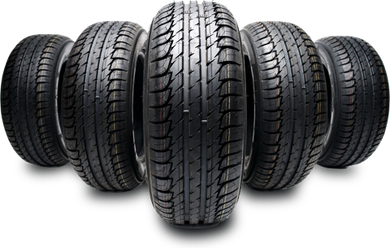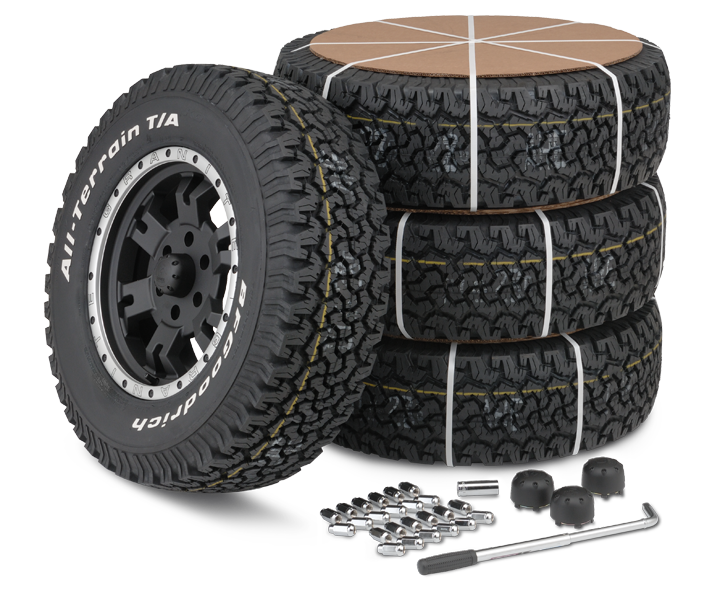Obtain Specialist Tire Provider at Tire Shop Morris: Satisfaction Guaranteed
Obtain Specialist Tire Provider at Tire Shop Morris: Satisfaction Guaranteed
Blog Article
Tire Solution: Understanding Tire Stress Surveillance Systems
Recognizing Tire Stress Surveillance Systems (TPMS) is an important aspect of maintaining ideal automobile performance and security on the road. With developments in automobile innovation, TPMS has actually ended up being a common function in contemporary lorries, giving real-time details on tire stress levels.

Value of TPMS
The value of Tire Pressure Monitoring Equipments (TPMS) depends on their capability to improve vehicle safety and performance through real-time tracking of tire stress levels. Preserving the correct tire stress is essential for making sure ideal handling, braking, and overall safety and security of an automobile. TPMS offers drivers with prompt responses on any type of overinflated or underinflated tires, enabling for prompt modifications to be made.
Components of TPMS
Comprising different essential elements, a Tire Stress Tracking System (TPMS) operates as an advanced safety and security attribute in modern vehicles. The major components of a TPMS include sensors, a control module, and a caution indication. Sensing units are normally situated in the tire shutoff stem or affixed to the wheel setting up, where they gauge tire stress and transmit data to the control module. If it finds dramatically reduced stress in any of the tires, the control component processes this details and triggers a caution. The caution indication, often a symbol on the dashboard, alerts the chauffeur to check the affected tire or tires. Some progressed TPMS designs likewise display the real tire pressure analyses for each and every tire, providing drivers with real-time information to guarantee ideal tire efficiency and safety and security. By checking tire stress constantly, TPMS aids protect against accidents, lowers tire wear, and improves fuel effectiveness, making it a crucial part for automobile security and performance.
Kinds Of TPMS

On the other hand, indirect TPMS counts on the vehicle's wheel speed sensing units to check tire pressure. This system discovers underinflation by contrasting the rotational speeds of the wheels. Indirect TPMS is less costly than direct TPMS, as it uses existing sensors within the automobile.
While straight TPMS offers more accurate readings, indirect TPMS is simpler in design and usually calls for less upkeep. Both systems have their limitations and advantages, and the choice in between them often depends on elements such as cost, vehicle make, and individual choice. Recognizing the distinctions in between these 2 sorts of TPMS can assist automobile owners make informed decisions regarding tire upkeep and safety and security.
TPMS Maintenance Tips
Effective upkeep of TPMS is crucial for making certain optimum efficiency and safety of your lorry. Routinely inspecting the TPMS sensing units for any type of damage or corrosion is crucial. Make certain that the sensing units are clean and free from debris that can conflict with their performance. Additionally, it is recommended to examine the sensing unit batteries regularly and change them as required to assure accurate readings. Conduct regular examine the tire stress levels and compare his explanation them with the TPMS readings to ensure they are regular. Recalibrate the system adhering to the producer's standards if there are any kind of disparities. Throughout tire turning or substitute, make sure that the TPMS parts are managed thoroughly to prevent any type of potential damage. Finally, if the TPMS warning light illuminates on the control panel, address the issue without delay by checking the tire stress and the general system for any type of mistakes. By sticking to these maintenance suggestions, you can extend the life-span of your TPMS and boost the security of your driving experience.
Benefits of Proper Tire Stress
Maintaining correct tire pressure, as stressed in TPMS Maintenance Tips, is essential for gaining the numerous advantages linked with optimal tire pressure degrees. Furthermore, appropriate tire pressure guarantees also tire wear, expanding the life expectancy of the tires and advertising more secure driving problems. In final thought, the advantages of proper tire pressure go beyond just tire long life; they encompass enhanced fuel performance, enhanced safety, far better vehicle performance, and general driving convenience.
Verdict
Finally, recognizing tire pressure tracking systems (TPMS) is crucial for maintaining ideal tire pressure and making certain car safety and security. By identifying the importance of TPMS, recognizing with its parts, recognizing the different kinds readily available, sticking to proper maintenance tips, and recognizing the benefits of maintaining proper tire pressure, chauffeurs can boost their driving experience and lengthen the life-span of their tires. Correct tire stress is crucial to safe and effective car operation.

Report this page